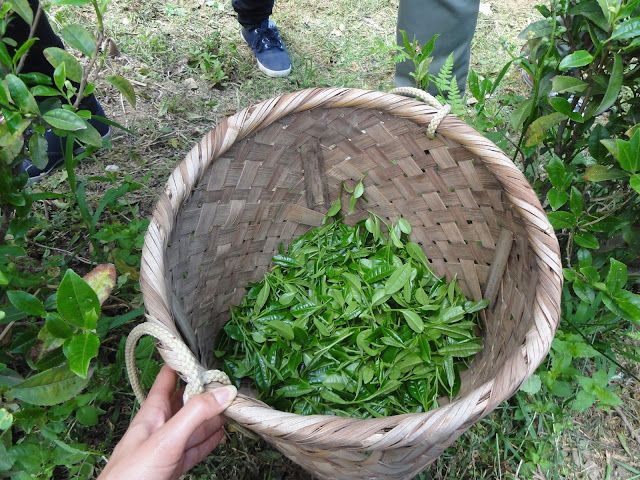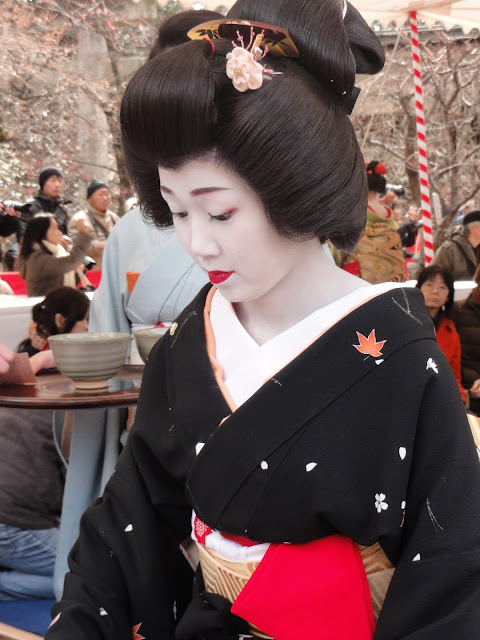 |
| Chef Tanahashi in the OPP kitchen |
One Planet People, a future-minded 'green lifestyle club' set up by close friends of mine at Doshisha, aims to get students thinking about their relationship to their environment and how to live in sustainable ways, protecting and preserving our planet. I haven't thought that consciously about being environmentally friendly before, but it's a philosophy to which we should all being paying more attention, given the unsustainable rate at which we are consuming our natural resources.
I was keen to attend OPP's latest event, a really unique opportunity to cook with one of the masters of shojin buddhist cuisine, Tanahashi Toshio, a chef who is widely celebrated in Japan. At the heart of shojin cuisine are plants, and their conception as a gift from nature that has sustained humans for thousands of years, in a way that is the most satisfying and nourishing to our cells. Meat and fish, considered unable to provide the same nourishment, are rejected in favour of bringing out the best in seasonal vegetables and humble grains.
When cooking with Tanahashi-san, we used no animal products, just tofu, vegetables, rice and fruit. The results were (admittedly a little surprisingly) delicious! Rice with freshly shelled peas, a salad of white radish, yam, carrot, orange and strawberries, and a stir-fry of tofu, greens and mushrooms. I had not eaten so healthily in a long time; I felt good about what I was putting inside my body, in the knowledge that I had helped to prepare it and that there were no additives or preservatives in this meal. We were also lucky to savour the sesame tofu that Tanahashi-san labours to produce every day in his shop 'Sankyo' on Gokomachi street. The evening has inspired me to make the effort more often to cook from scratch, and eat more healthy vegetables and grains. My first shojin resolution: Monday will be make my own bento day!
For a deeper understanding of shojin ryori and what it means to Tanahashi-san, this interview that he gave to the wonderful Kyoto Journal (where I've just started interning), is particularly insightful:
http://kyotojournal.org/creative-kyoto/the-art-of-tanahashi-toshio
 |
| photographs: OPP |
































